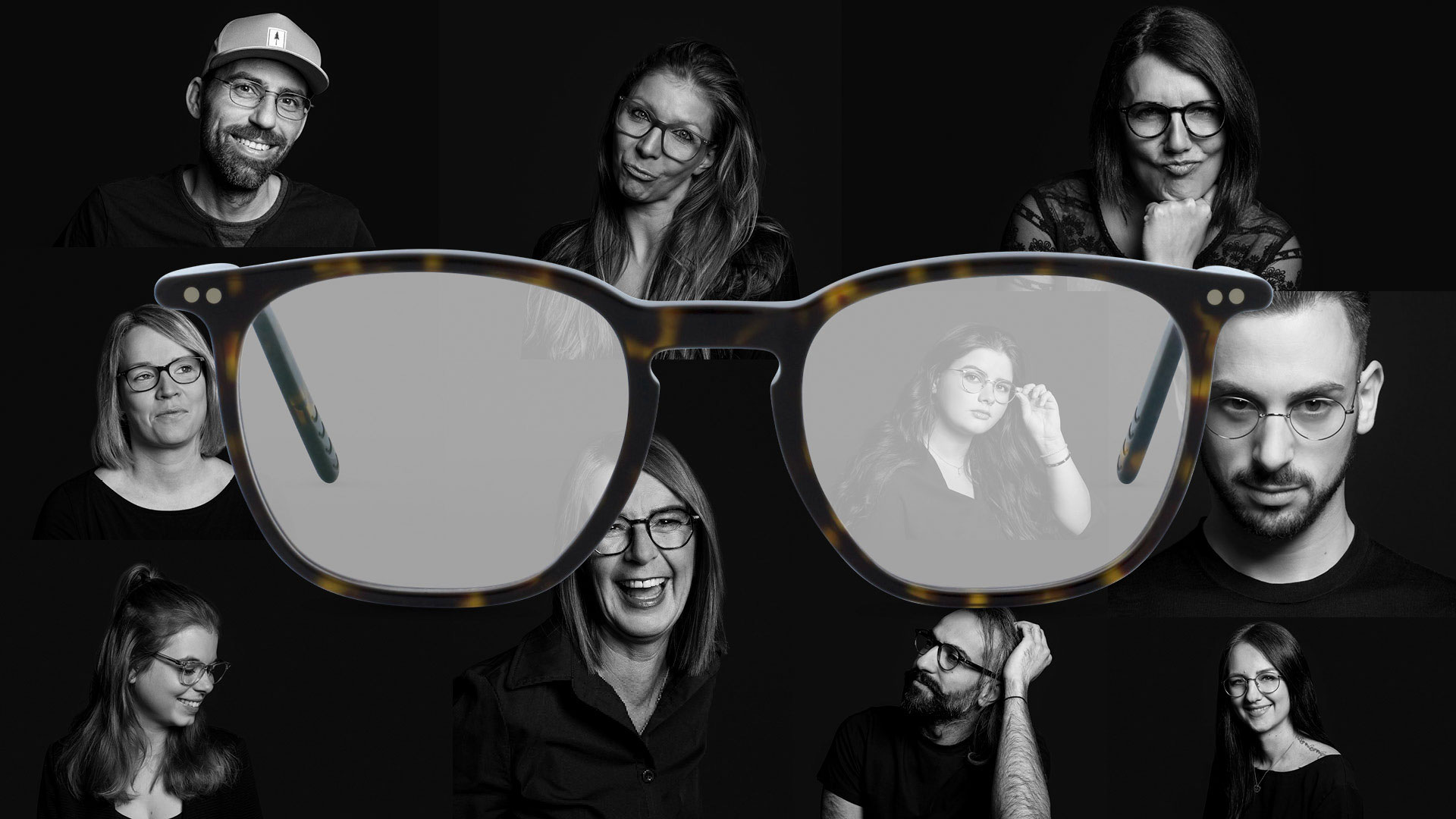
The time when glasses were merely used as visual aids is long gone. Today, glasses are much more than just tools for vision – they are a style statement. We all have our own unique style that expresses our personality. Therefore, it’s not surprising that our glasses, in a way, also reflect who we are. Why this is important to us and how to find glasses that resonate with our identity.
“Moritz, can I try on your glasses?” I hear myself asking. “Sure, go ahead!” is his response. So, we sit facing each other. Moritz, a longtime friend and glasses wearer, and me. We both laugh. It feels strange, almost wrong. Him without glasses and me with them – at this moment, both of us can only see things blurry. It dawns on me that I’ve never really seen Moritz without glasses before. After returning his glasses, we both continue to laugh, but the world around us becomes clear again.
Seeing Moritz without glasses was undoubtedly unsettling for me. The feeling is aptly described by another situation: Jana, also a longtime friend and glasses wearer, got married a few years ago and considered wearing contact lenses on her wedding day. However, her future husband wished for her to wear glasses. That’s how he knew and loved her. “With glasses – that’s you,” he had said back then. “That’s you” – that’s what unsettled me in that situation. Moritz suddenly looked different without glasses; he wasn’t quite himself. A crucial and familiar part of him was missing – his glasses. I know many glasses wearers, but rarely have I thought about how they look without glasses or what significance their glasses hold for them and those around them.
A Glimpse Behind the Glasses
Stella wears Lunor M14, a titanium frame with a double bridge.
“What personality traits do you see reflected in your glasses?” I ask my colleague Stella. She takes a moment to think before responding, “I find in them a sense of stability, a kind of ‘unfussiness,’ something subtle and reserved. In the past, I was more spontaneous and changeable; everything was a bit faster – that’s when I would have opted for distinctive glasses. Over the years, I’ve changed. Today, I’m calmer and more grounded; my life follows more familiar paths. I like my current glasses because they mirror these qualities well.”
A few days ago, I had another open conversation with my colleague Domenico. Besides his profession, he is a professional Latin dancer. I enjoy listening to him talk about how his ‘professional world’ and ‘dance world’ complement, balance, and influence each other. What fascinates me the most is his sensitivity to nonverbal communication. “Just because a touch feels good to me while dancing doesn’t mean my dance partner feels the same way. Over the years, I’ve learned to pay more attention to the body language of my counterpart. In my professional life, I can quickly perceive how my colleagues experience different situations – often without words,” Domenico explains calmly. Nonverbal communication is a trait that connects his ‘work and dance worlds.’ “I think your glasses also reflect ‘two worlds’ that complement each other,” I find myself saying aloud. “True! I’ve never consciously noticed that before,” Domenico responds with a smile.
Domenico wears Lunor C1, a combination of acetate and titanium.
The Big Five of Personality Psychology
The Big Five, or the Five-Factor Model, is a model in personality psychology. Known as the OCEAN model in English (Openness, Conscientiousness, Extraversion, Agreeableness, Neuroticism), it is widely accepted today as a universal and international standard model of personality research. According to this model, a person’s personality can be classified into five traits:
- Openness to Experience (Openness)
- Conscientiousness (Perfectionism)
- Extraversion (Sociability, Extroversion)
- Agreeableness (Consideration, Cooperativeness, Empathy)
- Neuroticism (Emotional Stability, Vulnerability)
Openness: This trait describes our interest in new experiences, adventures, and impressions. Are we very imaginative, creative, curious, unconventional, and fond of variety, or are we more conventional, conservative, and prefer the familiar?
Conscientiousness: This trait measures the degree of self-control, precision, and goal-oriented behavior. Are we organized, careful, planning, effective, responsible, reliable, and deliberate, or are we more careless, spontaneous, and imprecise?
Extraversion: This personality trait revolves around enthusiasm, activity, and interpersonal behavior. Do we consider ourselves sociable, active, talkative, people-oriented, warm, optimistic, and cheerful, or do we prefer solitude, are more reserved, and independent?
Agreeableness: This trait pertains to our behavior in interpersonal contexts. Are we understanding, benevolent, compassionate, helpful, trusting, cooperative, and yielding, or do we tend towards quarrelsomeness, egocentrism, mistrust, and a low level of cooperation?
Neuroticism: This trait describes whether we perceive ourselves as emotionally stable or feel prone to emotional imbalance. Do we tend to be anxious, nervous, sad, and insecure, or do we feel calm, content, stable, relaxed, and secure?
Personality – How Our Glasses Reflect Us
The individual ‘character type’ of a person is defined by the varying degrees of these five personality traits. Like a mixing console, the traits are positioned in the high or low range based on the slider’s setting. We become imaginative, experimental, and creative individuals who enjoy solitude. Or we become organized and methodical individuals who are sociable and talkative. We pursue different professions, like different foods, engage in various hobbies, and relax through individually crafted vacations. We are loud, quiet, calm, wild, thoughtful, brave, curious, impulsive, and steady, organized, chaotic, creative, lively, and everything in between. All of this makes us who we are.
However, the most obvious way to express our personality is through our appearance. Over the years, we develop our unique style. The contents of our wardrobe are a snapshot of our character and its evolution. As the years go by, our clothing style solidifies, and we quickly know what we like or what doesn’t suit us. We discover which hairstyle suits us best and which hair color we prefer to avoid. We may paint our nails – or not. Wear jewelry or a beard or both. The number of earrings, tattoos, and piercings varies according to personal preference.
Our character, taste, and style may change over time, but they always remain individual. Naturally, when choosing our glasses, the ultimate eye-catcher, we also want to find something that perfectly suits us. Glasses come in metal, acetate, titanium, buffalo horn, and gold, in various shapes and colors. They can be striking, confident, reserved, subtle, sparkling, harmonious, or bold. Glasses are as diverse as we are; they have their own unique personality. Thus, when we buy glasses, we are not just purchasing eyewear; we are emphasizing our personality and giving expression to ourselves.
“How does it feel for you to walk around the house without glasses?” I ask Moritz. He starts laughing, “I’m half-blind without my glasses. I don’t walk around the house without them.” I smile at his response. Simple and to the point, as always – a trait I appreciate in Moritz and one he, in turn, appreciates in his glasses. “I just need to be able to identify with my glasses. They should make me feel like ‘myself,'” Jana defines it for herself. And really, isn’t that what we all want: to be ourselves.

Finding the right glasses is not always easy. When making a choice, consider face shape, eye color, and eyebrow shape. We recommend professional advice from a competent optician near you. One thing is certain: the perfect glasses can be found for everyone.

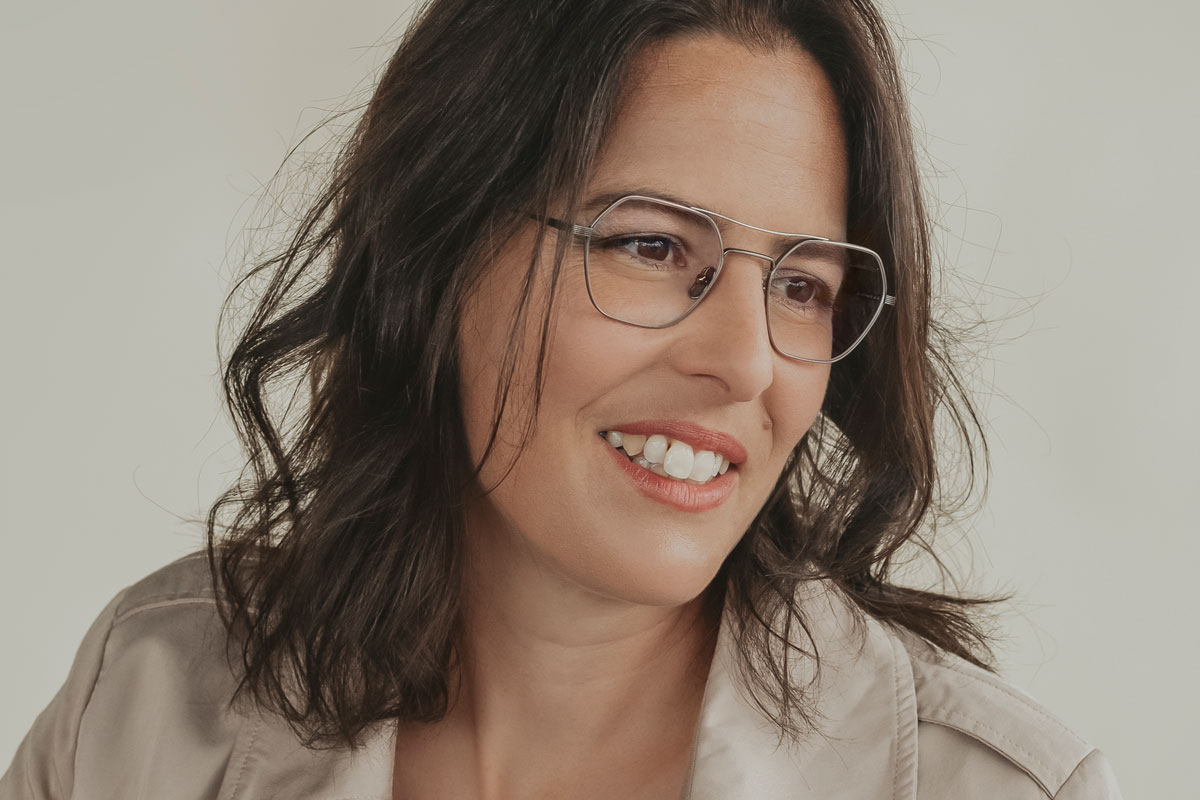
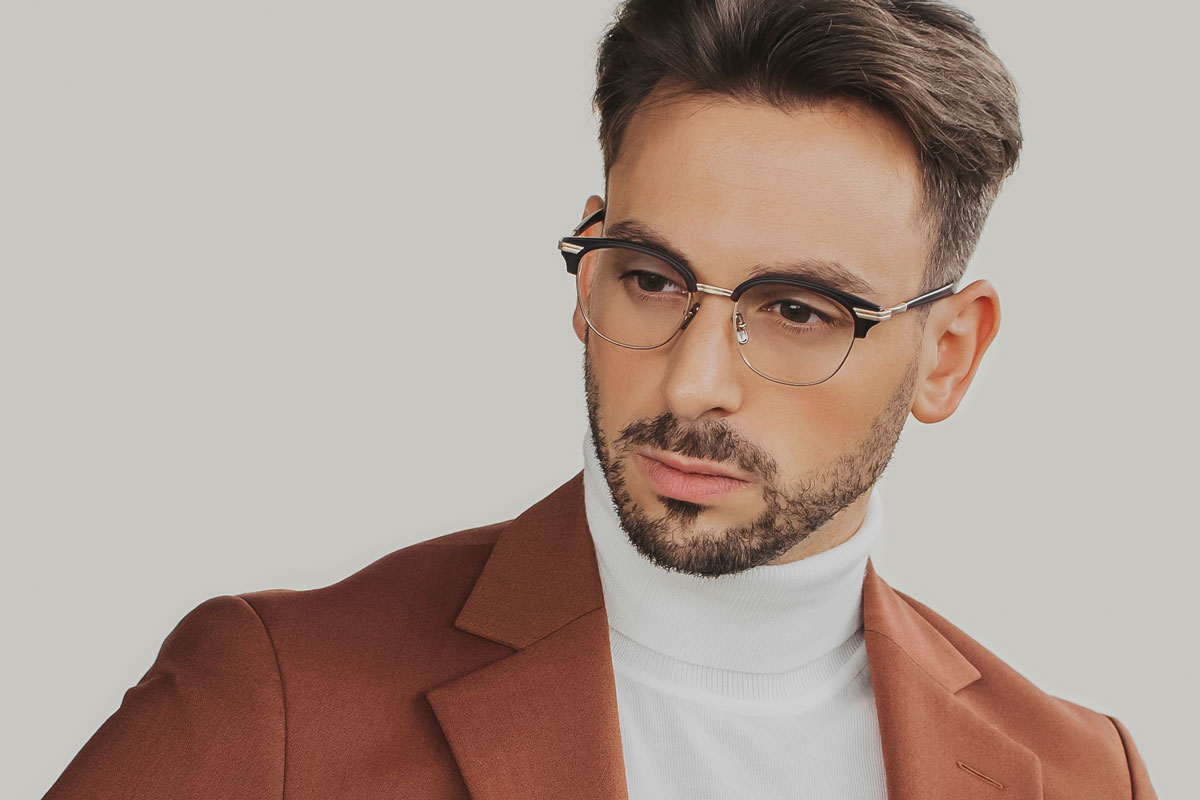
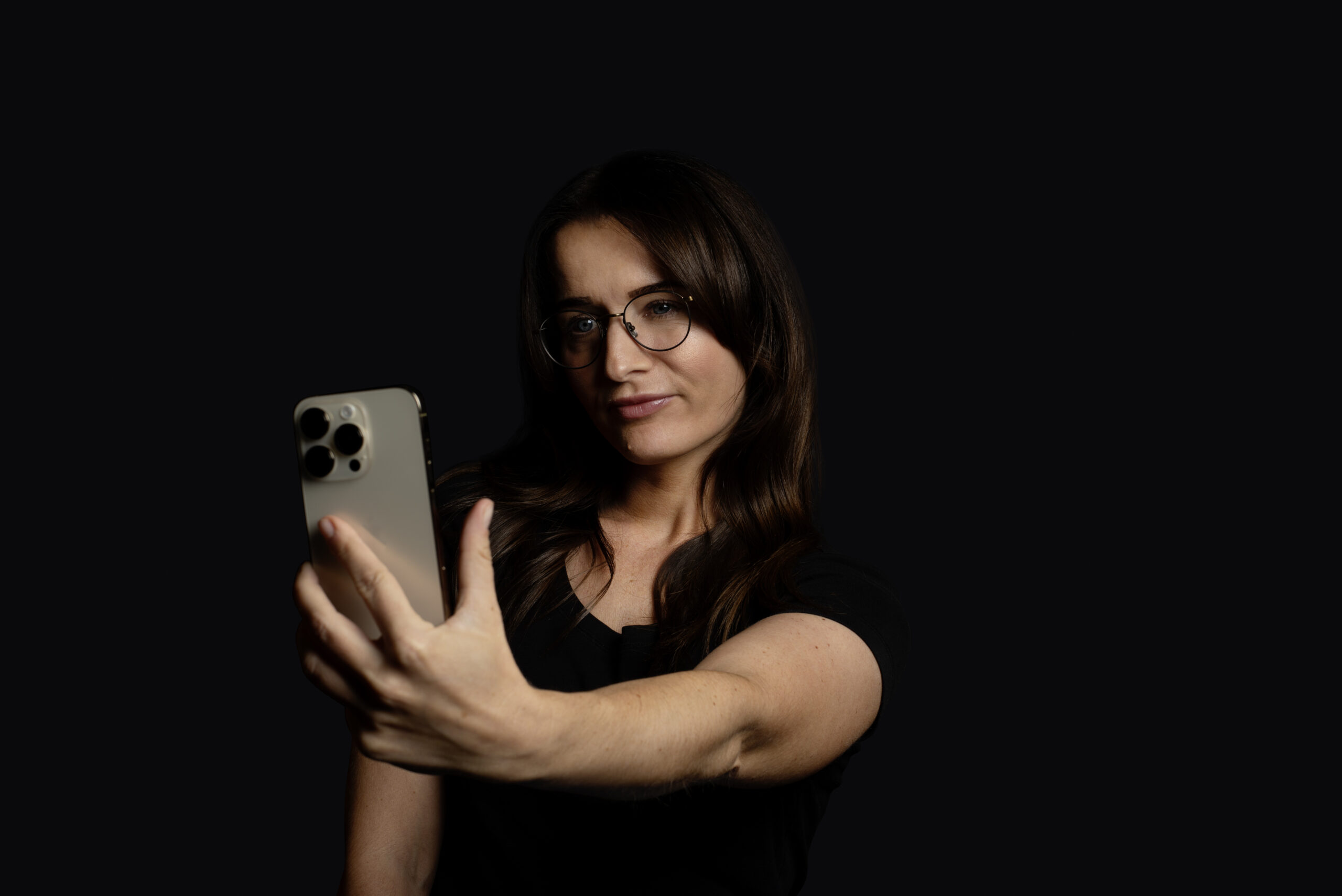
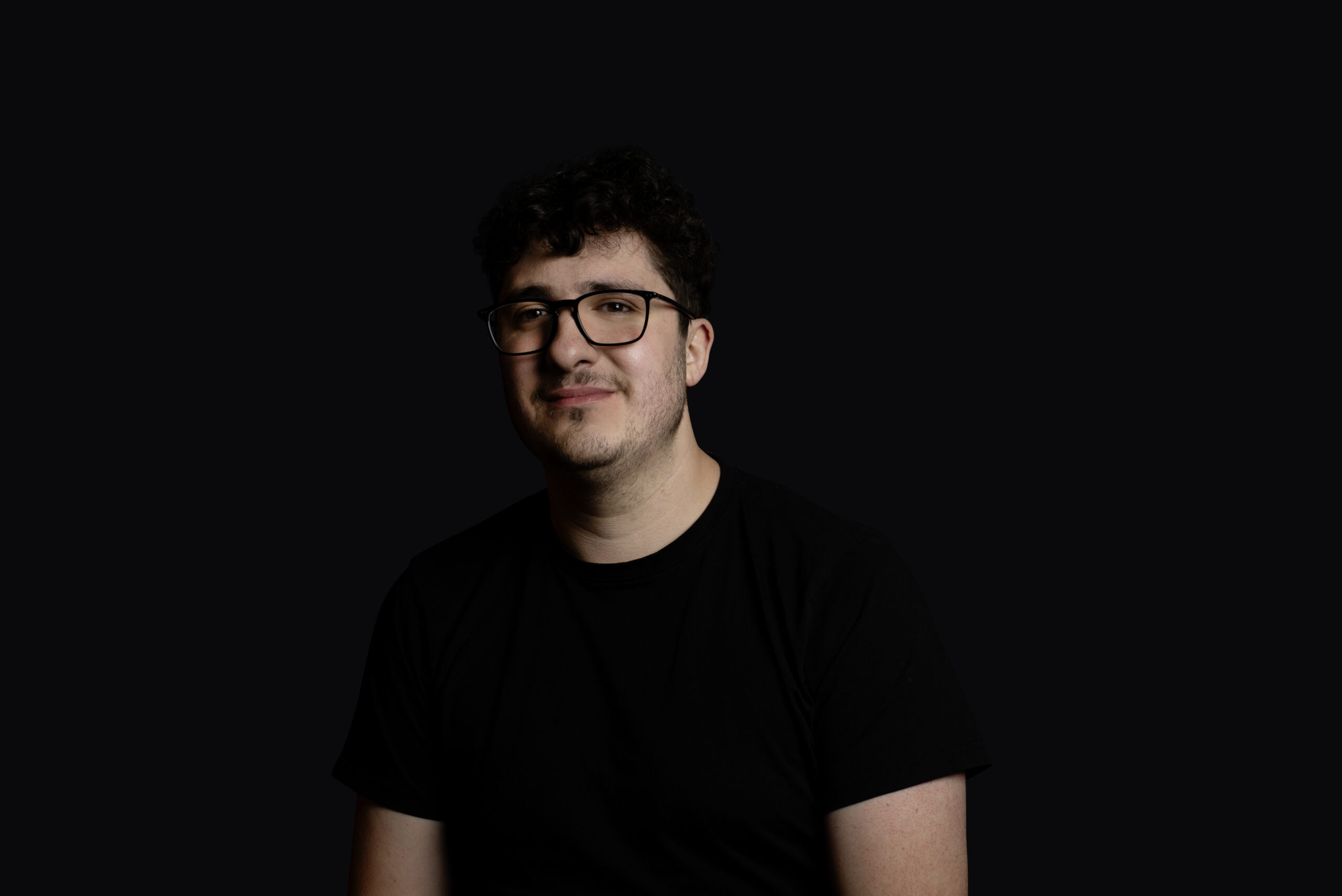
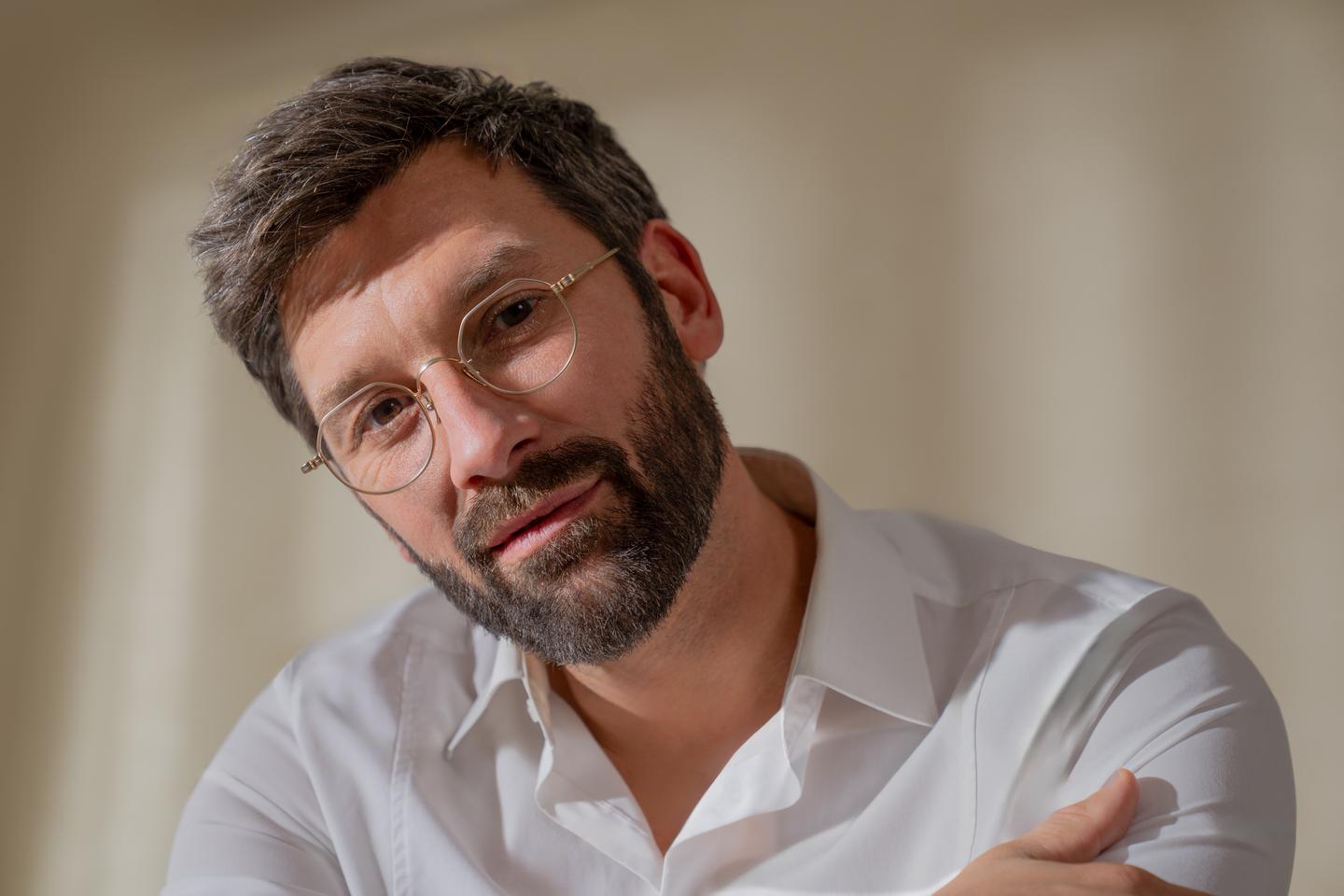
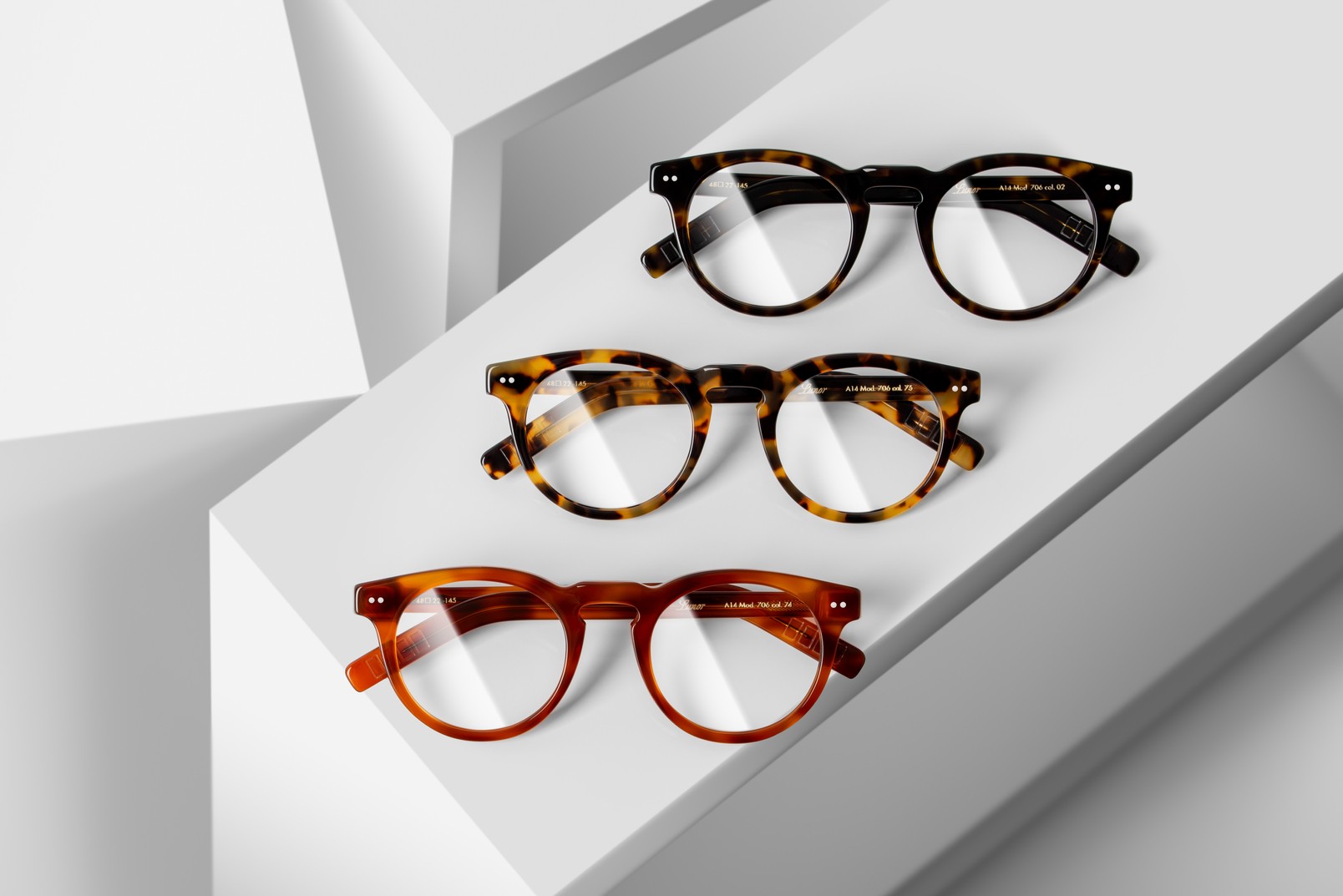
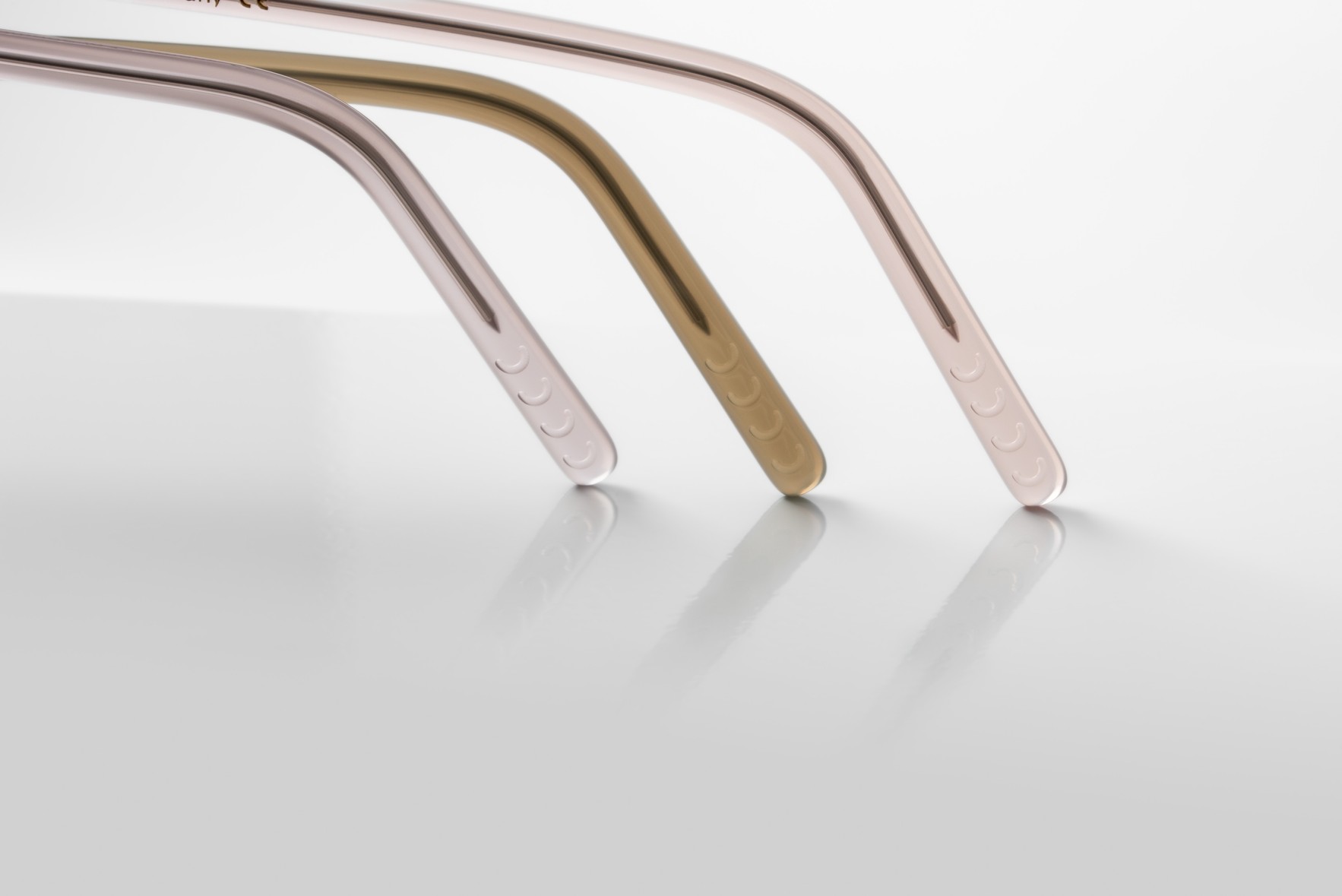
Leave A Comment